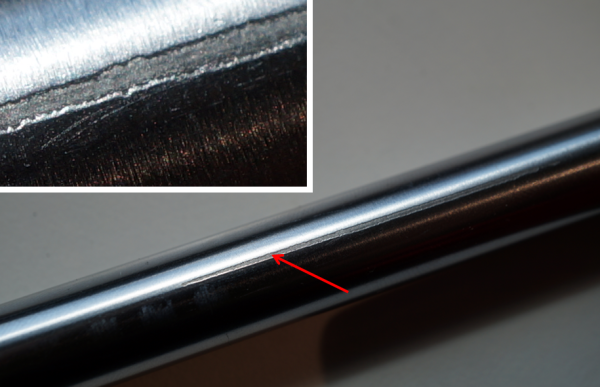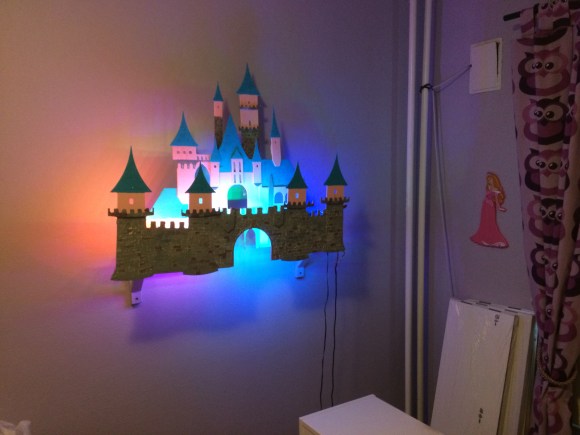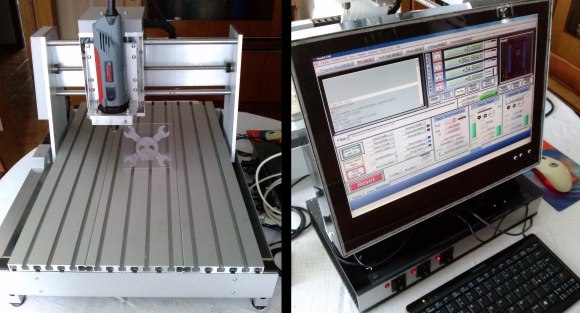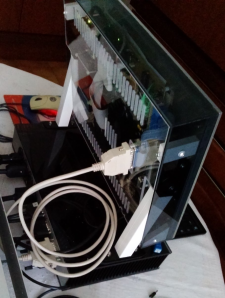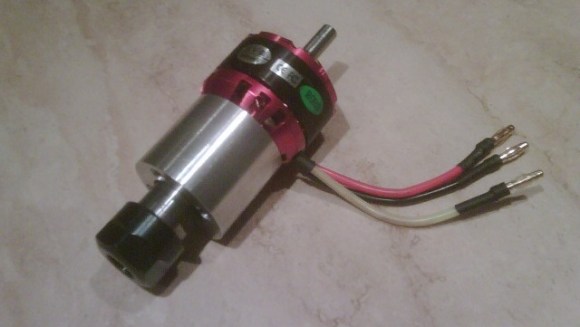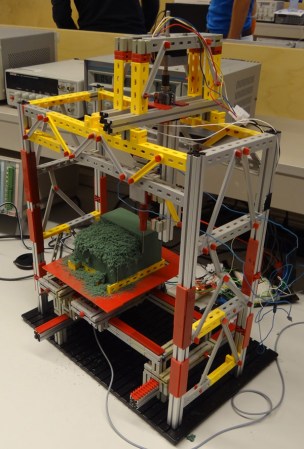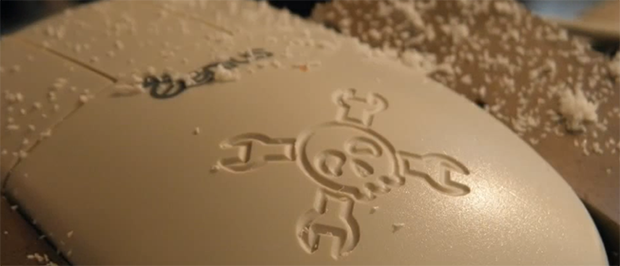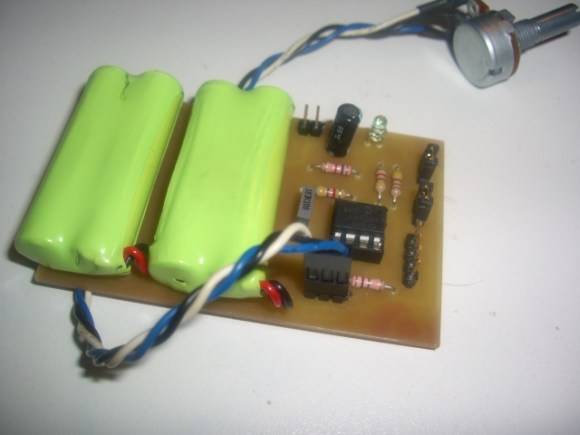[Peter] has been having some positional repeatability problems with his CNC3020 Router recently. The problem was mostly in the Z axis and was measured to be up to 0.3mm off position after 10cm of travel. This may not seem like a lot but it was enough to break a few 1mm diameter end mills. The X and Y axes generally seemed OK. Surfing the ‘net reveled that the control board’s power rails did not have any filtering capacitors and that may have been the cause of the problems. Unfortunately, the positioning problem still persisted even after the cap’s were added. Frustrated, [Peter] then started a full-blown investigation to figure out why his Z axis wasn’t cutting the mustard.
In a CNC system there are 2 major components, the electronics and the physical machine. Since it was unknown which portion of the system contained the problem, [Peter] decided to quickly swap the X and Z channels, running the Z axis with the X axis electronics. The problem was still evident on the Z axis which means that there is something wrong in the mechanics of the machine. The Z electronics were put back on the Z axis and the testing continued by lowering the acceleration and the maximum speed. The positioning error was still there. Since it is possible that the Z motor could be the problem, it was decided to swap the X and Z motors but midway through the process the problem became evident. When trying to rotate the Z axis lead screw by hand there was a noticeable lack of smoothness and the axis seemed to jump around a bunch!
Continue reading “A Little Lubricant Goes A Long Way…. With Your CNC Machine”

